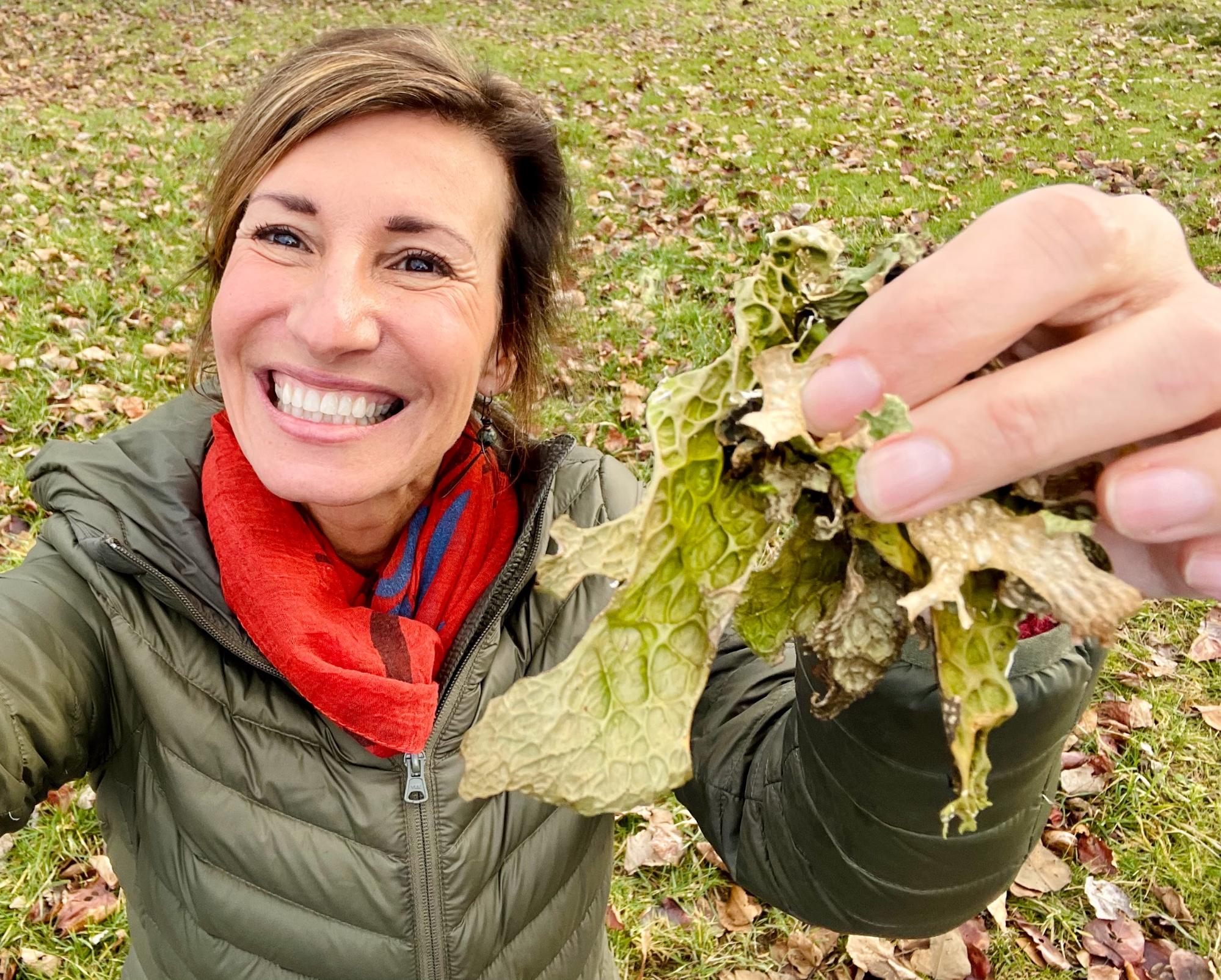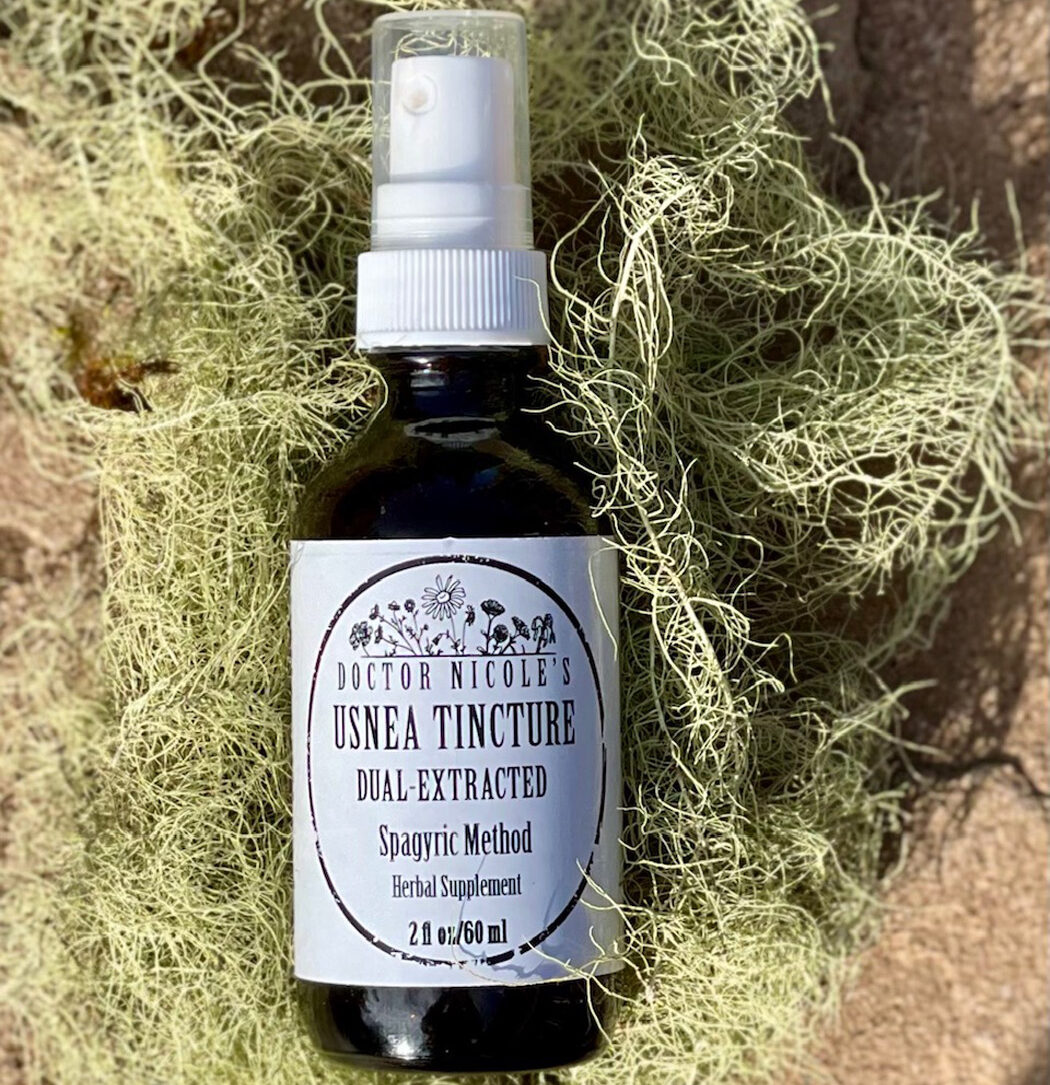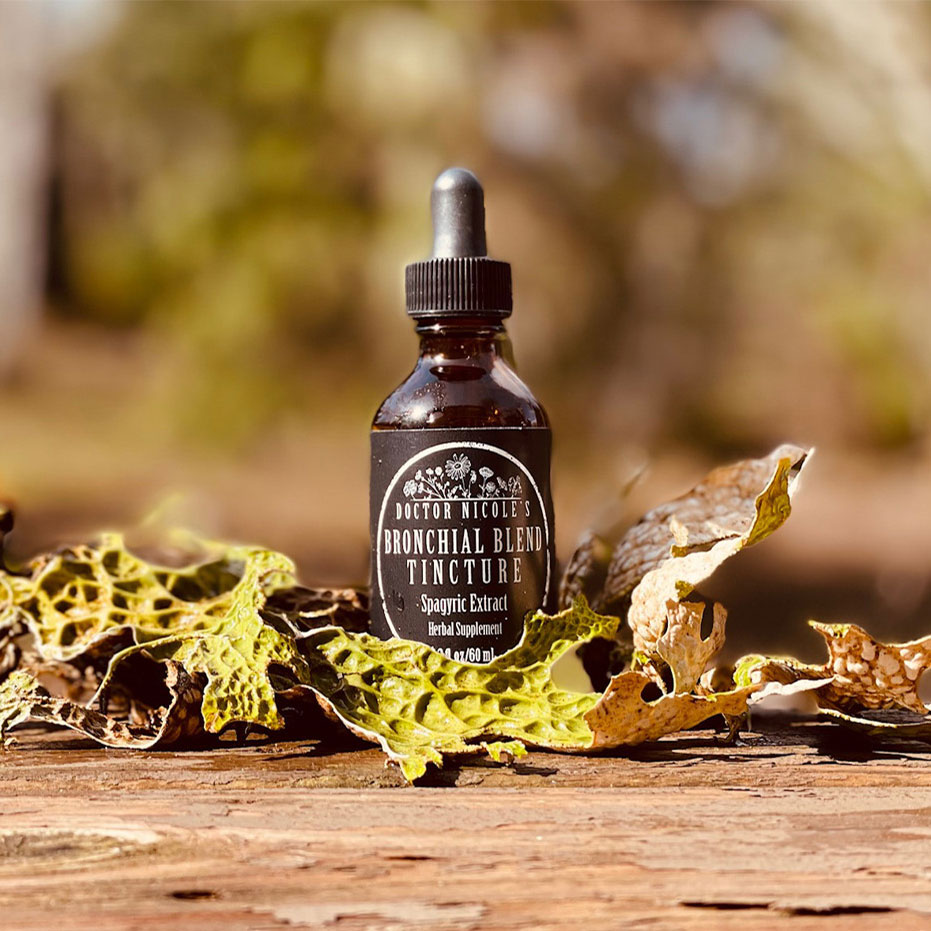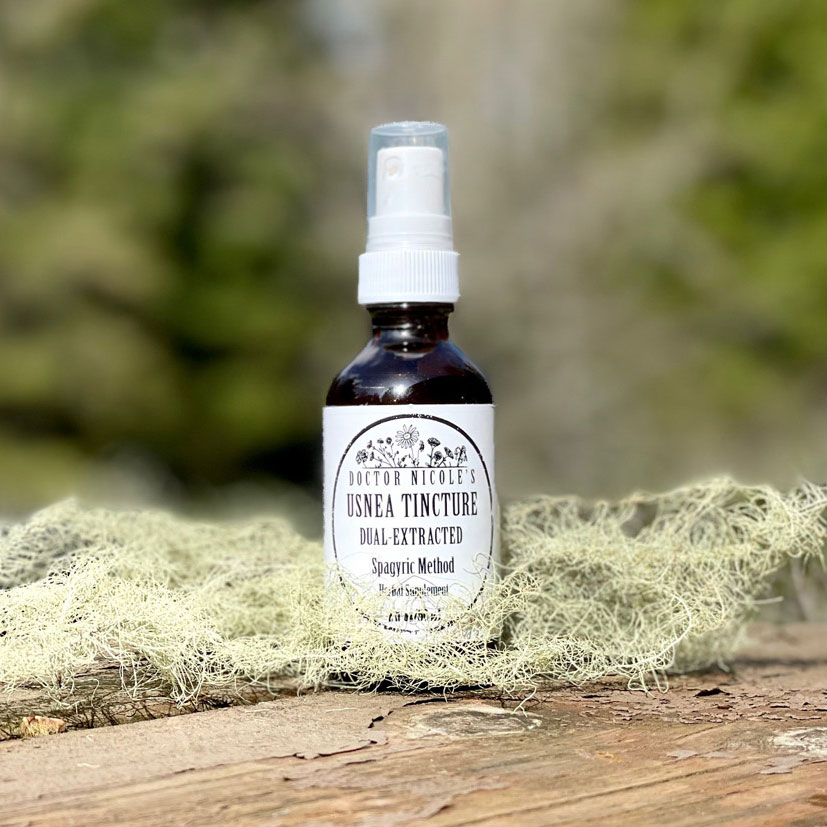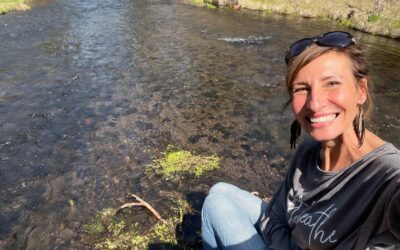The Curious Case of a Primeval “Plant”
If you have ever pondered the humble lichen while walking through a forest, you are not alone. From time immemorial, humans have observed this “plant”, contemplating its unique structure and beauty. Anyone who has seen it growing on top of a fallen log, cascading down branches, or on the side of a tree trunk can relate.
Here Writer Maria Popova of The Marginalian1 beautifully describes the process in which lichens transform the ordinary into the extraordinary:
“Jewels of pigment deep inside algal cells soak up the sun’s energy. Through a cascade of chemistry this energy is transmuted into the bonds that join air molecules into sugar and other foods. … The sun-catching pigments are kept in tiny jewel boxes, chloroplasts, each of which is enclosed in a membrane and comes with its own genetic material. The bottle-green chloroplasts are descendants of bacteria that took up residence inside algal cells one and a half billion years ago.”
Even if you have only given a brief mental nod to lichens growing wild in nature, it is my hope that through this post you will come to appreciate this curious plant in all its interconnectedness, charm, and medicinal usefulness. Enjoy!
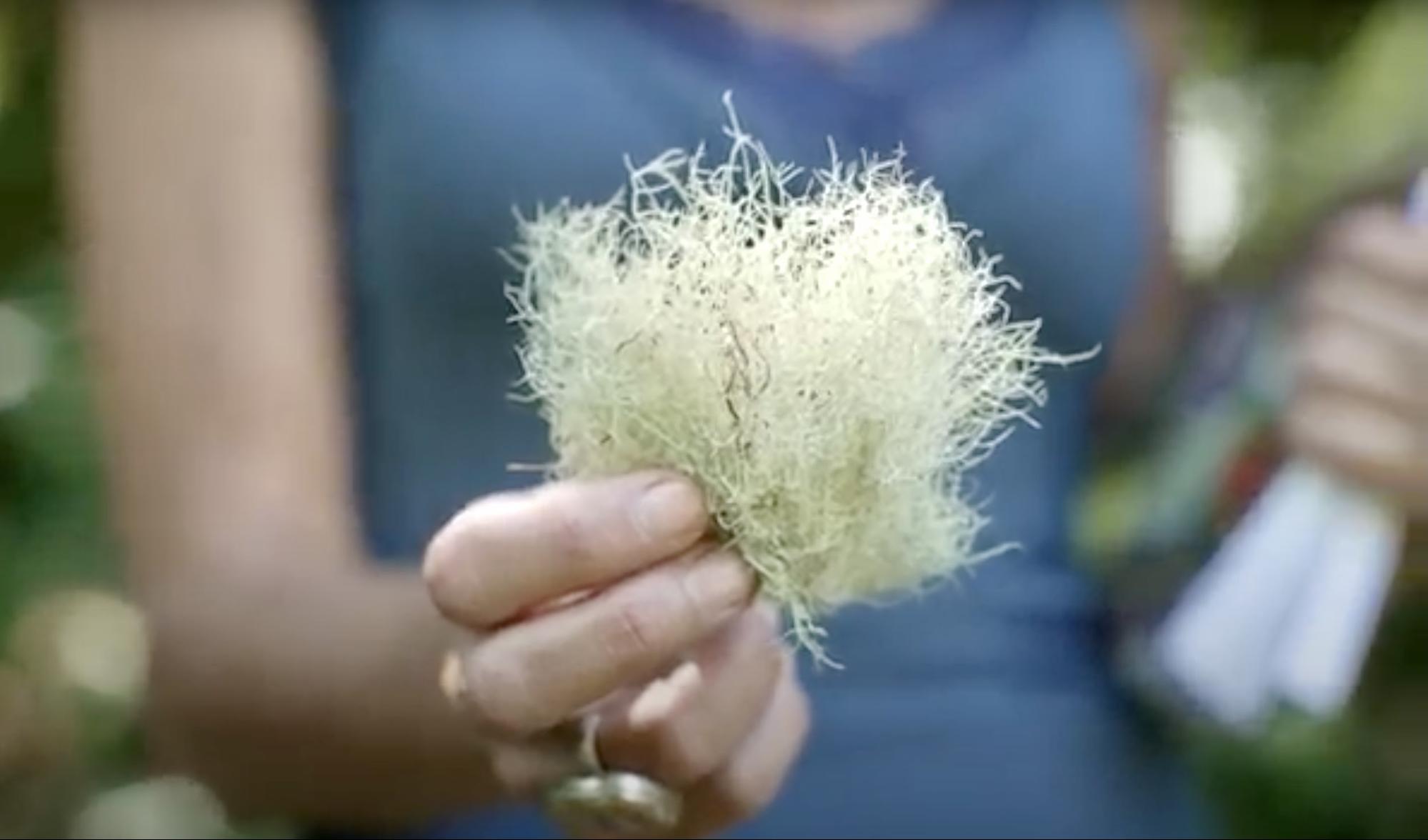
What Exactly is a Lichen?
While you may be familiar with lichens as you wander around in the woods, you may be surprised by their biology: a hybrid mix of fungi and algae. A scientific classification includes such words as cyanobacteria, photobionts, and heterotrophic. But this isn’t a dry examination of lichens. Instead, we can look at the unique qualities of this ingenious plant through a creative lens. As biologist David George Haskell writes poetically in The Forest Unseen: A Year’s Watch in Nature2:
“The quietude and outer simplicity of the lichens hides the complexity of their inner lives. Lichens are amalgams of two creatures: a fungus and either an alga or a bacterium. The fungus spreads the strands of its body over the ground and provides a welcoming bed. The alga or bacterium nestles inside these strands and uses the sun’s energy to assemble sugar and other nutritious molecules. As in any marriage, both partners are changed by their union. The fungus body spreads out, turning itself into a structure similar to a tree leaf: a protective upper crust, a layer for the light-capturing algae, and tiny pores for breathing. …They cover nearly ten percent of the land’s surface, especially in the treeless far north, where winter reigns for most of the year.”
I don’t know about you, but looking at lichens in this way reveals the miracle of their existence. And that’s not all. Lichens are also a powerful medicine that has been used for thousands of years.
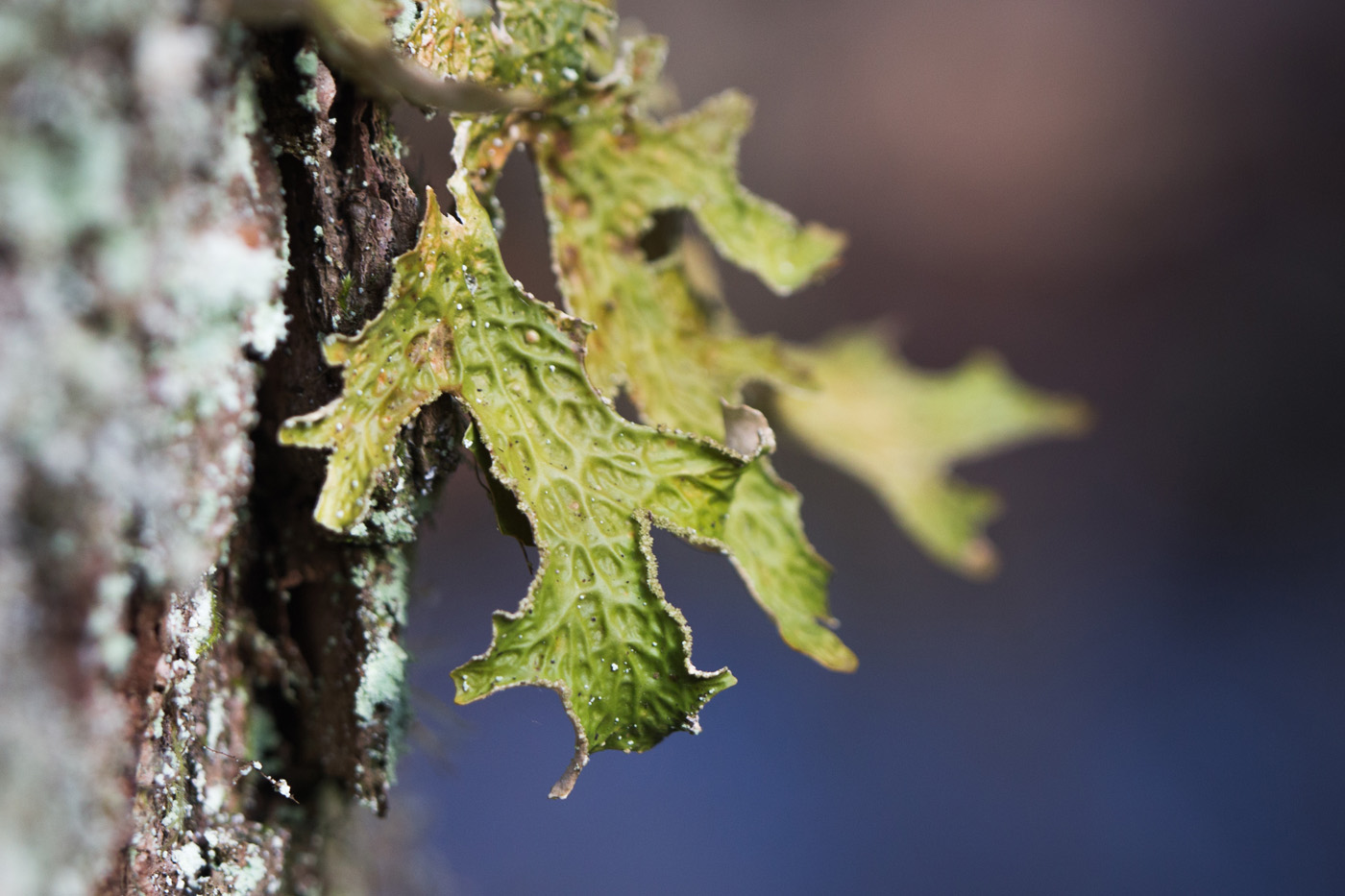
Prions, Respiratory Disease, & Contagious Illness — Lichens to the Rescue
Lichens are not only unique and beautiful, they possess a range of outstanding medicinal properties. One example concerns prions. Notoriously difficult to degrade, these infectious misfolded proteins are infamously known to cause Mad Cow Disease, which manifests as the neurodegenerative disorder Creutzfeldt-Jakob disease in humans when a person consumes contaminated meat. They are also associated with Huntington’s, Parkinson’s, and Alzheimer’s Disease.
Considering that a prion disease is always 100% fatal, scientists have sought out ways to control it for decades. Unlike bacteria and viruses, prions do not degrade by boiling in water or when exposed to dry heat at 600ºC. Ionizing radiation? Not a problem for the resilient prion. But there may be one surprisingly effective solution: lungwort lichen (Lobaria pulmonaria).
As noted in my post, “Has The Infamous Prion Met Its Match With Lungwort Lichen?” researchers discovered that “lichen organic and water extracts degrade prions at least hundred-fold (and sometimes to the point of undetectability).” Not only is this lichen effective against prions, but it is also an excellent remedy for a range of respiratory complaints, including asthma, bronchitis, whooping cough, and tuberculosis. Additionally, it is helpful for staphylococcus, pneumonia, and salmonella infections due to its exceptional antibacterial, anti-inflammatory, and expectorant properties. 5,6 For this reason, I have included it along with mullein in my Bronchial Blend.
But lungwort isn’t the only medicinally powerful lichen. Usnea (Usnea barbata) is another herbal superhero with astonishing capabilities. In fact, if I only had access to one herb this is the one I would pick. Why? For starters, usnea has extraordinary antimicrobial properties. So much so that it rivals penicillin as an antibiotic.4 It can tackle strep, staph, MRSA, tuberculosis, and pneumonia. Usnea is also effective against sinus infections, bronchitis, and urinary tract, bladder, and kidney infections. What’s more, it is antiviral and treats a range of viral infections, including Epstein-Barr, herpes, and HPV. This is definitely one herb you want on hand! You can find a convenient, dual-extracted Usnea Tincture Spray in my apothecary.
I hope you have found lichens to be as fascinating as I do! To learn more about how these unique plants can be used medicinally, take a tour of my apothecary — and don’t forget to subscribe to my newsletter and explore the blog.
Nicole
Nicole Apelian
Nicole’s Apothecary Products in this Post
Safety
Be cautious taking Lungwort if you are pregnant or breastfeeding. The plant has no known side effects, but caution is always warranted. Lungwort can cause a skin rash in some people. Do not use Lung- wort if you experience a rash or any adverse reaction.
Do not use usnea lichen continuously in large doses as it is a highly concentrated medicine. Only take as needed for specific problems. I personally use usnea as a spray in very low doses as a preventative without issue. Avoid use if pregnant or breastfeeding. Since usnea absorbs pollutants from the environment, do not harvest in areas exposed to heavy metals, roadway exhaust, or industrial waste.
References
-
- “Lichens and the Meaning of Life” by Maria Popova, The Marginalian. https://www.themarginalian.org/2023/03/25/lichens/
- “The Forest Unseen: A Year’s Watch in Nature” by David George Haskell, Penguin Publishing, 2013.
- “What is a Lichen?” The British Lichen Society. https://britishlichensociety.org.uk/learning/what-is-a-lichen
- Yu, X., Guo, Q., Su, G., Yang, A., Hu, Z., Qu, C., Wan, Z., Li, R., Tu, P., & Chai, X. (2016). Usnic Acid Derivatives with Cytotoxic and Antifungal Activities from the Lichen Usnea longissima. Journal of natural products, 79(5), 1373–1380. https://doi.org/10.1021/acs.jnatprod.6b00109
- Chauhan, S., Jaiswal, V., Cho, Y. I., & Lee, H. J. (2022). Biological Activities and Phytochemicals of Lungworts (Genus Pulmonaria) Focusing on Pulmonaria officinalis. Applied Sciences, 12(13), 6678.
- Sadowska, B., Wójcik, U., Krzyżanowska-Kowalczyk, J., Kowalczyk, M., Stochmal, A., Rywaniak, J., … & Różalska, B. (2019). The pros and cons of cystic fibrosis (CF) patient use of herbal supplements containing Pulmonaria officinalis L. extract: The evidence from an in vitro study on Staphylococcus aureus CF clinical isolates. Molecules, 24(6), 1151.

